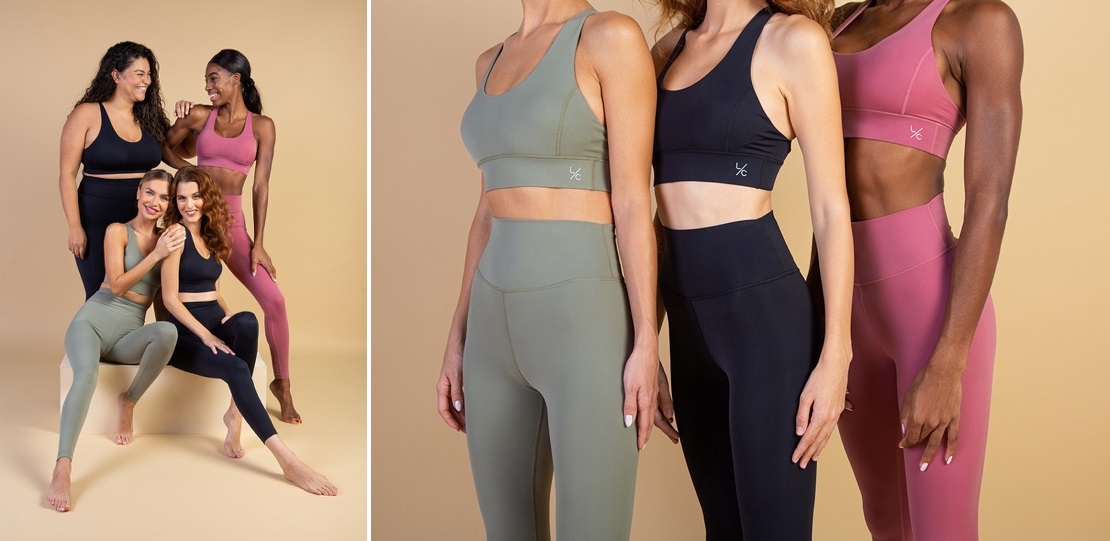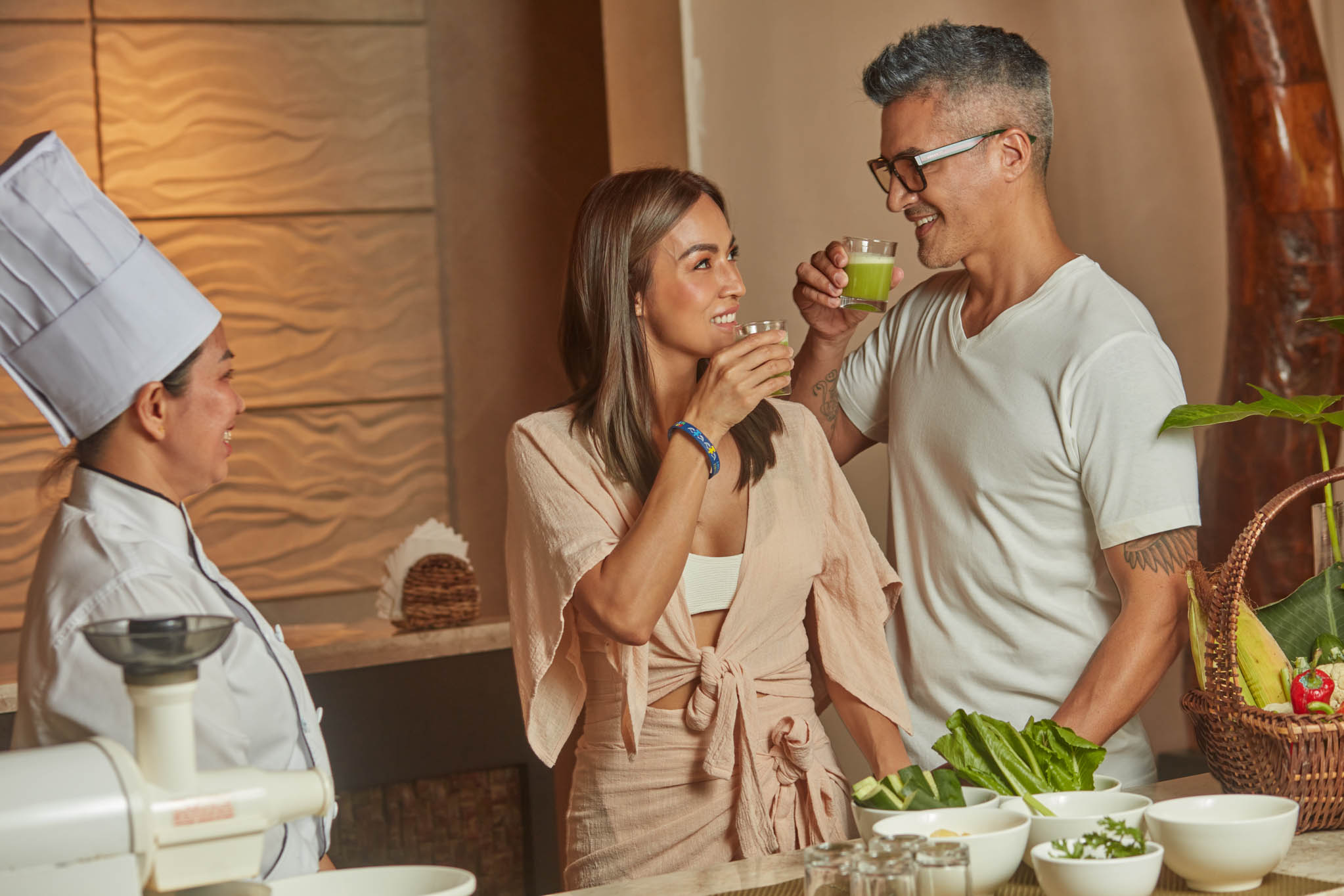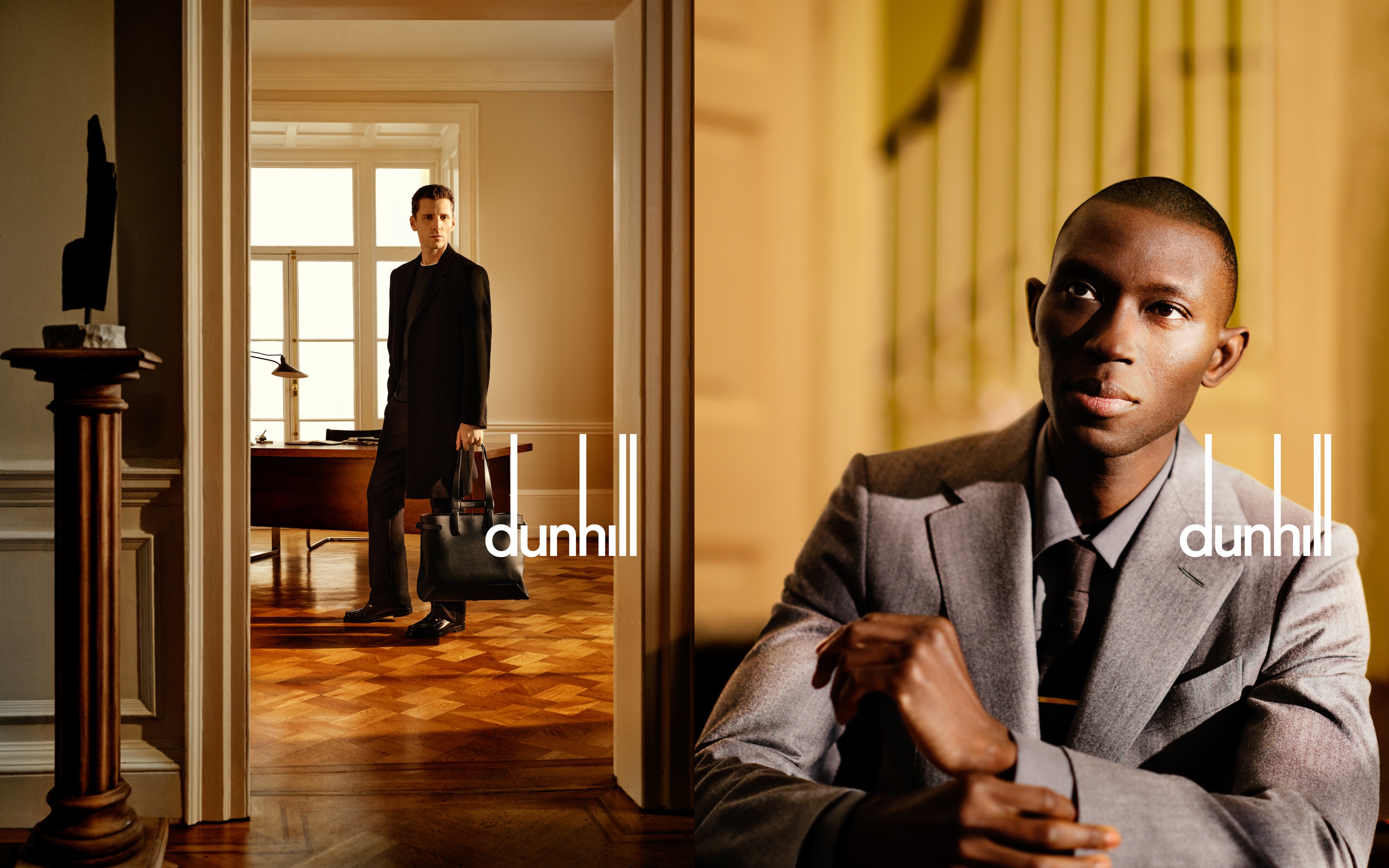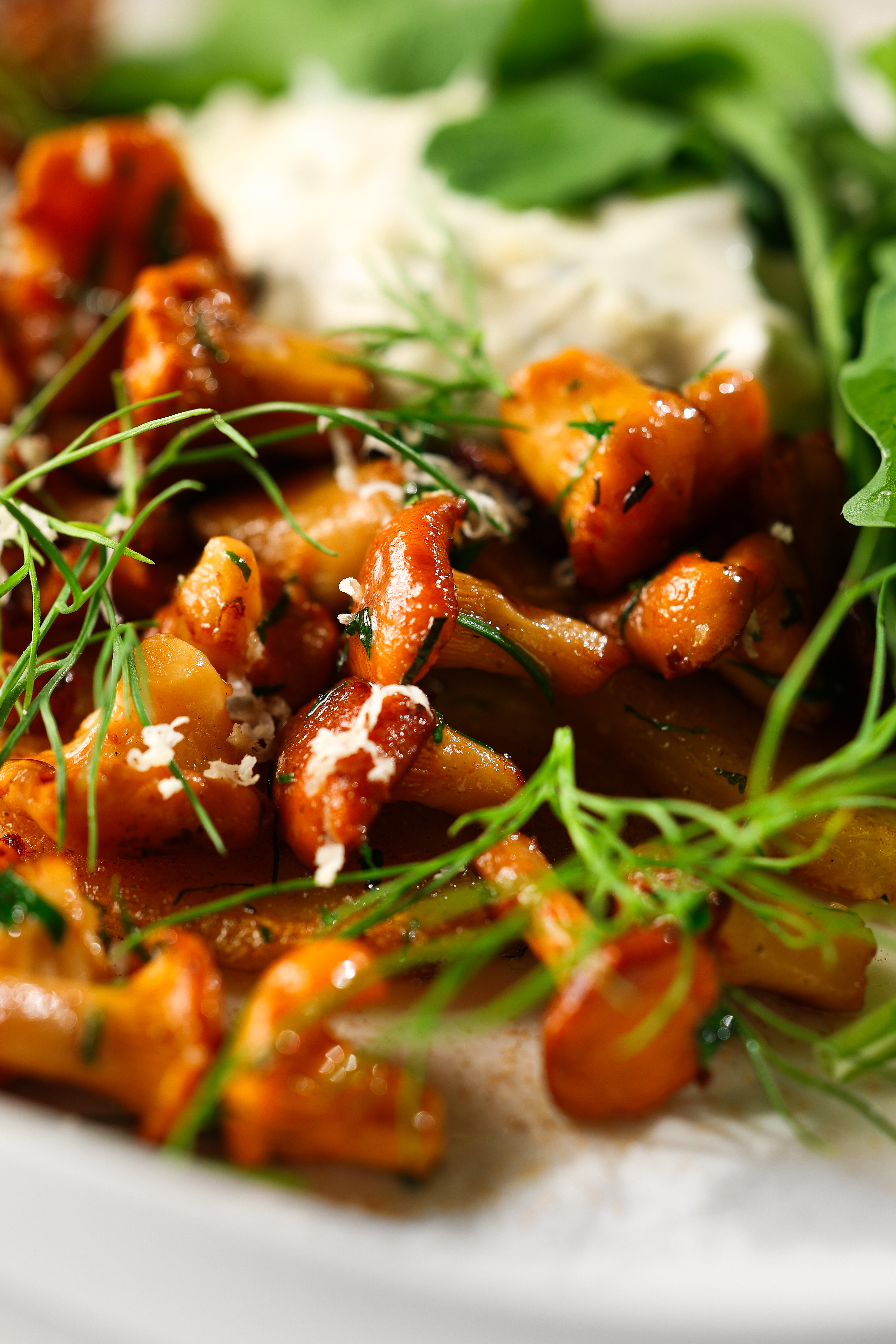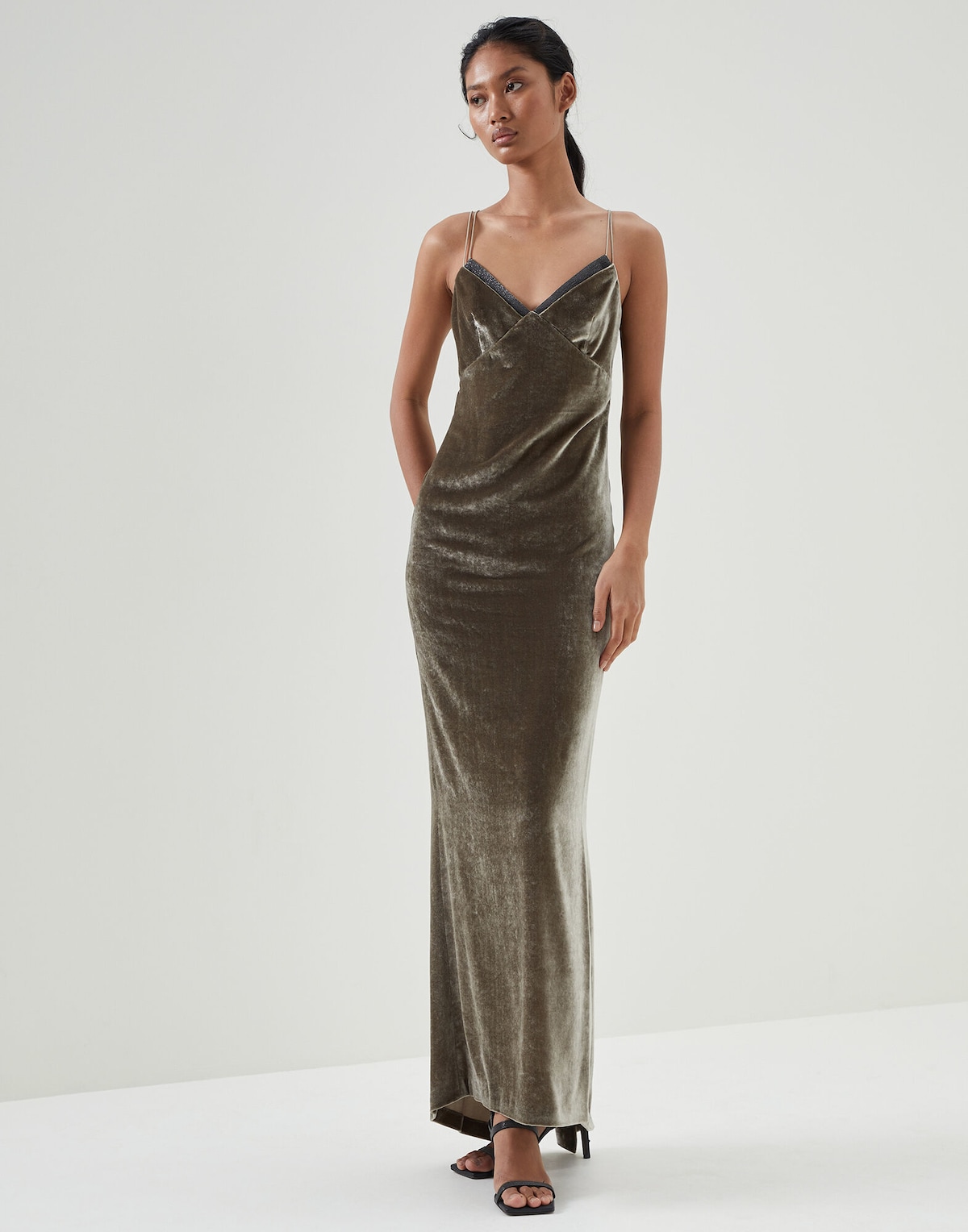#INTERVIEW: Mrunal Khimji’s ‘Lehren’: Where traditional handloom craftsmanship meets modern luxury.

In a world that celebrates those who dare to stand out, Mrunal Khimji’s creations offer a distinct narrative, blending the timeless elegance of Indian handlooms with the sleek allure of modern luxury. Her latest handcrafted collection, Lehren—meaning “waves” in Urdu—is a tribute to the ocean and a celebration of the artisans who bring her intricate vision to life. As the creative mind behind Mrunal’s Boutique in Oman, Mrunal has carved her own niche, renowned for exclusive, inclusive designs that uphold sustainability and champion craftsmanship. L'Officiel Arabia’s Delna Mistry Anand catches up with Mrunal on her recent visit to Dubai to discuss her journey, inspirations, and future horizons.
Delna Mistry Anand: Your journey with Mrunal’s Boutique began over 16 years ago, what are some key lessons you’ve learned along the way that have shaped your business philosophy?
Mrunal Khimji: I was very young when I started my business and as the years grew my experience, principles and values grew with them. One of the key factors that I felt was that one must be a very good listener and observer. These two things have helped me understand what works and what does not work with ever changing evolution.
After starting your career in jewelry design in New York; what inspired you to pivot towards launching a textile-focused boutique in Oman?
Having moved to a new country, I felt that the jewelry market for the type of products that I dealt with was not mature enough then. In the search for how to write the next chapter of my life, the question that reasoned with me was: what can I do to give back to my country of origin, India? I have been familiar with different kinds of textiles from a young age. The women in my family have always loved and supported handlooms ever since I can remember, and for them that was the way of life. Every holiday, or before a party or celebration, I remember sitting with my grandmother and mother, opening their closets and excitedly asking them about the fabrics, outfits and designs they owned. My interest in textiles was always there; it blossomed after I moved to Oman.
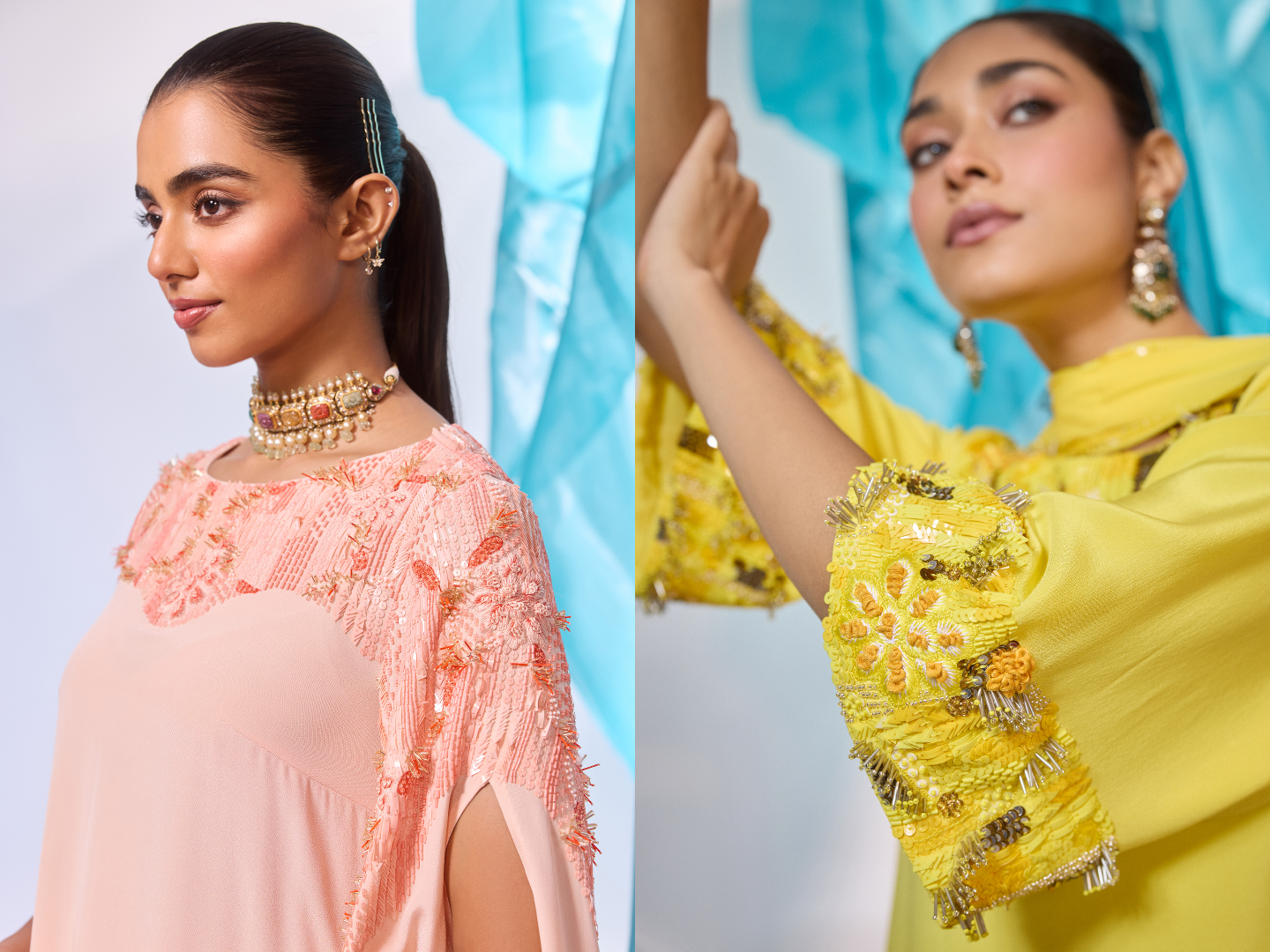
You work closely with Indian artisans to bring their crafts to a global audience; what is the process like, and what impact do these partnerships have on the community?
Words like collaboration and partnerships have been trending a lot lately. For me, the true meaning of collaboration is when you can respect and support the artists or brands. I have a beautiful space that can be a steppingstone for these artisans and brands. When there is a true understanding among each other, this platform can be used to reach a much wider audience. Even though digital technology is so important, I believe it is equally important to have a space for a client to come and physically try on outfits and appreciate craftsmanship and luxury.
I am particular about working and representing Indian designers who share the same principles as I do, which include craftsmanship, ethical practices, and incorporating natural raw materials to create collections.
How do you tailor your offerings to meet the varied tastes and cultural preferences of your international clientele?
I have always had a deep sense of love and respect for the Indian and the Middle Eastern world. Borders may divide us, however, there are so many overlapping factors such as history, food, culture, and clothing. Most cultures are truly global. While my fabrics and surface design have a strong representation of India, the silhouettes have always been modest, which can be easily adapted to women across the globe.
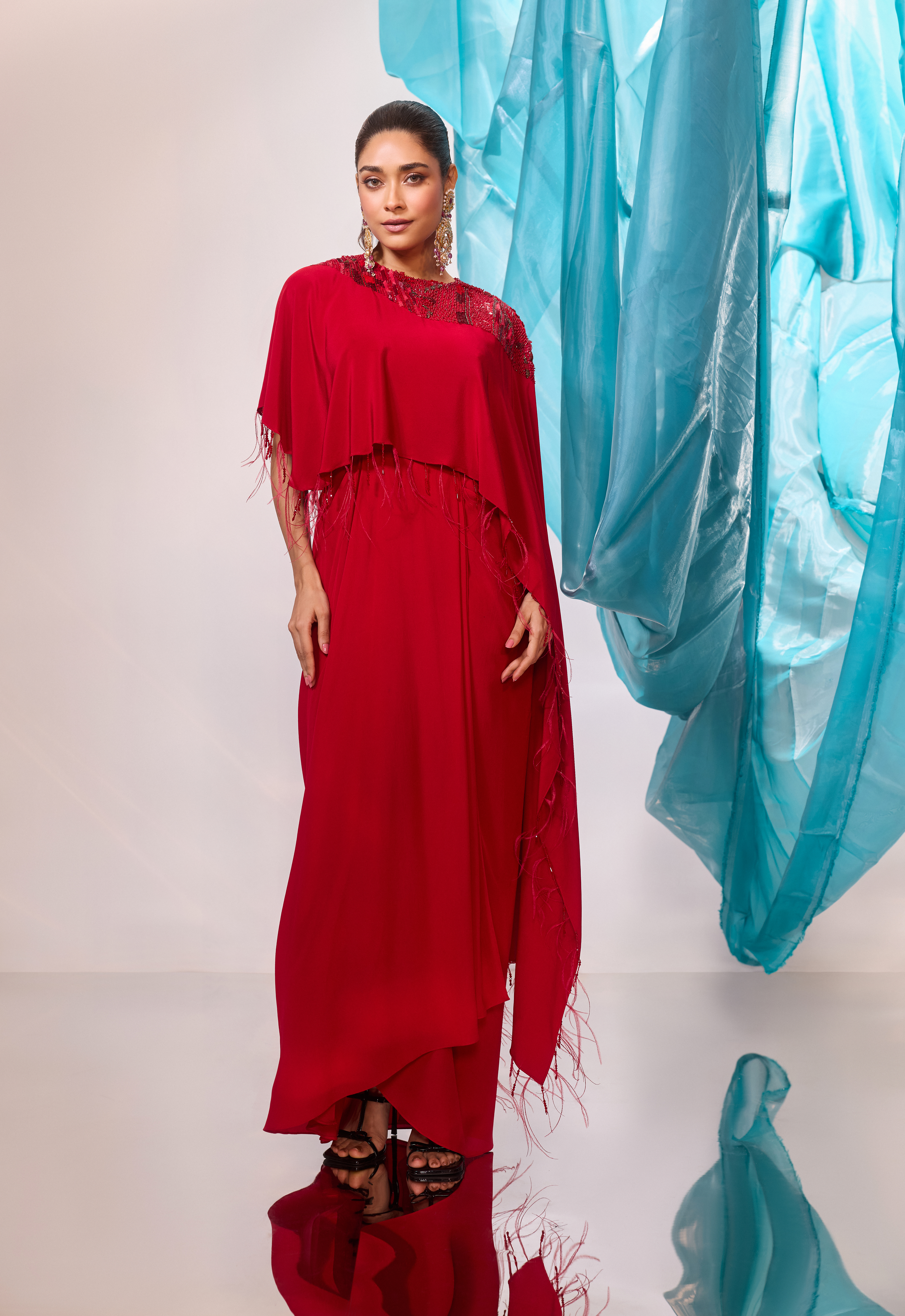
Your commitment to sustainability is inspiring. Could you elaborate on specific practices you implement at the boutique to promote ethical fashion and reduce environmental impact?
Sustainability is a word which has been commonly used across the globe. However, most cultures across the globe, have been practicing this daily since eons. Whether it is understanding and respecting fabrics, which are handlooms that have minimal impact to the environment and encourage age-old traditions or creating classic designs that are so timeless. We, as a brand, have been upcycling and repurposing all leftover raw materials from production to make pouches, bags, bookmarks, scarves, and various other accessories. We also take the responsibility to educate our clients as to how to truly preserve bespoke pieces or any other brand that they buy through us. My team also provides additional personal service to our clients as to how to style something that already exists in their closet or merge the new with the old, instead of discarding it. An example of this is where we have recently repurposed a third-generation head scarf of our bridal client and incorporated that with her bridal outfit. This not only became a mark of respect to her ancestors that had much sentimental value but was also re-fashioned for the bride to wear even after so many years.
Talk us through your unique approach of breathing new life into ancient textiles as vintage pieces are transformed into wearable modern fashion. What was your inspiration, and what is the process like?
Sadly, we live in an era where ‘use and throw’ has become the norm. But back in the day, our forefathers knew how to reuse and upcycle – it was a crucial part of their lifestyle. My grandmothers had mastered the art of recycling, upcycling and creating something ‘new’ out of the old. I have always admired this aspect, and when I entered the fashion industry, I realized it is one of the biggest contributors to pollution. I decided to tackle the issue in my way. Even though I may be just a drop in the ocean, I believe it is always better to lead by example. One of the first vintage outfits I crafted was a jacket that I fashioned out of a handmade skirt that my grandmother had made for me as a child. It’s a beautiful piece of clothing and I didn’t want to let go. The jacket always gets me compliments; more importantly, I feel I am taking forward my grandmother’s principles.
Clients bring their precious vintage outfits and textiles, which I help create into lovely, contemporary styles they can wear. And almost all such projects that come to me hold sentimental value for my clients. It’s heartwarming to see the happiness and contentment in their eyes when they try on the transformed pieces.
Can you share a memorable experience where you transformed a fabric or outfit that held personal significance for a client? How did that impact you?
In the early years of my business, a young bride had appointed us to create something that she had never seen before. She was extremely close to her paternal grandmother, who had passed on a few months before her wedding. I felt responsible in some way to curate a bridal outfit for her that had an element or a representation of her grandmother. We were provided with some objects and memorabilia that were dear to the bride’s grandmother. This included her grandmother’s favorite silk scarf, and a hand-crocheted jewelry box cover she always had on her dresser. I took elements of these memorabilia and incorporated it into her outfit which became a part of her wedding. To the bride, this signified her grandmother’s blessings and having her close to her at one of the most important occasions of her life. These experiences, even though small for some, can leave a large impact and for me, that became an experience that I wanted to continue to do.
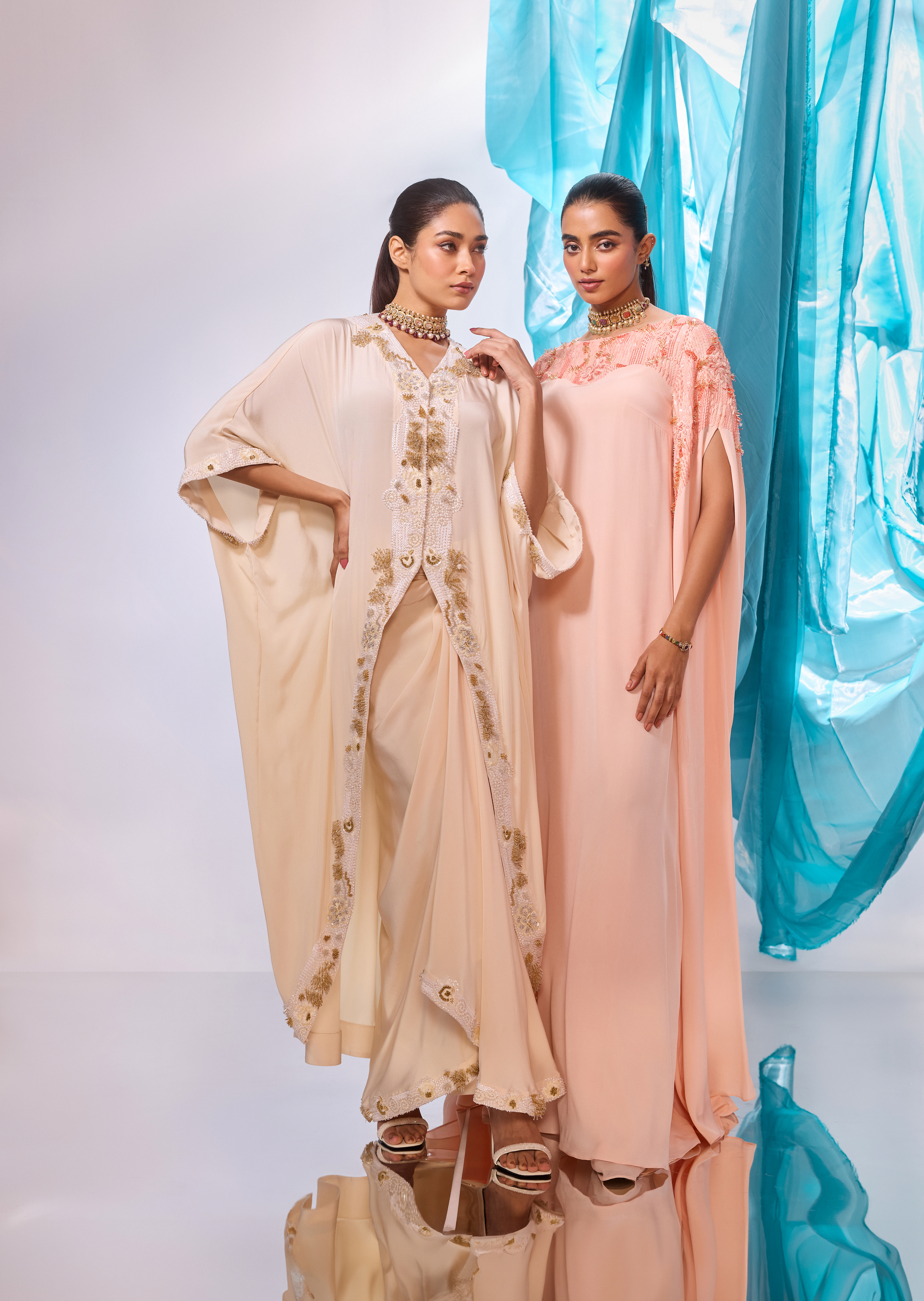
In a world driven by fast fashion, what advice do you have for individuals looking to make more mindful sartorial choices? How can they embrace a sustainable wardrobe?
It is extremely important to understand and read a garment label. Your skin is one of the largest organs. Hormones, weather, the quality of the fabric - everything affects you. In today’s world, we fall into peer pressure to constantly buy new things. Social media and allied platforms push us to feel there is a constant lack. It is our responsibility as people of the industry to spend time and effort on educating clients about the product that is created, how to style it for various body types, and how to preserve it, rather than producing several collections every year which cost so much time, effort and money.
As a designer and entrepreneur, how do you approach your own personal style? What principles do you follow when curating your wardrobe?
When you are surrounded by so much opulence, simplicity is a space for breathing and growing. For years, my style has been very true to my principles, keep it classic, basic, and simple. For me, the weather plays a big role; so various forms of cottons, linens and mull fabrics are my go-to during summer and extremely lightweight silk or wool when you need to keep warm. In my wardrobe, I always have my favorite colors such as white, black, and beige. A pop of colour is added usually through accessories or the handlooms I have collected over the years or have been handed down to me by past generations. I do have a divided closet between my contemporary as well as my Indian traditional wardrobe. A principle that I always practice is for one outfit to come in, one must be donated or upcycled.
Looking ahead, what are your goals for Mrunal’s Boutique? Are there any exciting projects in the pipeline that you can share with us?
We are planning several projects, both locally and regionally, which are in the early stages. I recently unveiled my debut label, Mrunal Khimji, which incorporates both Indian and Middle Eastern design elements. The line is available at Mrunal’s Boutique, Oman. We will also be stocking the line in the UAE shortly.
